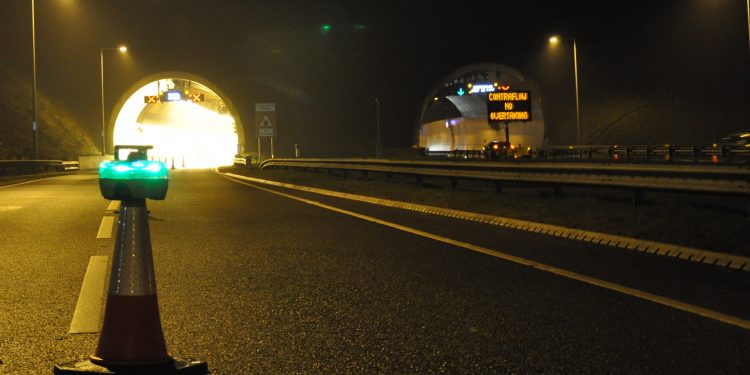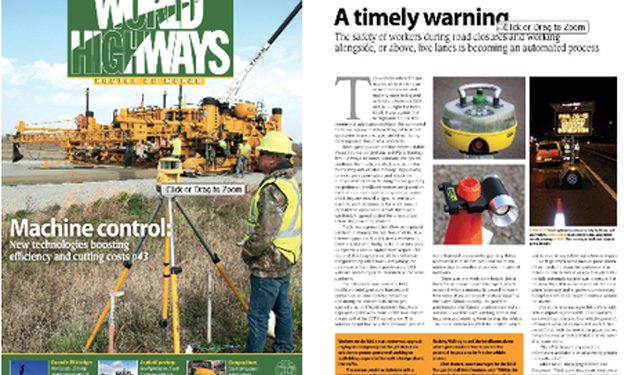Wiggington Heath Cross Roads – Edge Strengthening
Safelane was used by Skanska (the principle contractor) in the village of Wiggington Heath, enabling them to safely perform edge strengthening on the kerbs and apply 100 mm inlay.
Skanska used Safelane to provide them with a full road closure at all four entry points to the worksite.
A Red PSA with Camera and Panic Alarm was deployed on the entry point to the East, whilst the North, South and West entry points were unmanned with Yellow PSAs and Intellicone enabled lamps. The works crew, who were positioned at the cross roads had a Blue workforce PSA beside them to alert them in the instance of any incursions.
Quite a lot of people tried to move the cones, but, as soon as they did, the alarm went off. It was a great deterrent
From the data collected, it was logged that on a number of occasions, members of the public had attempted to breach the site, activating the alarms. Drivers were observed returning to their vehicles, turning around and driving away from the site.
On the one occasion that a driver did enter the site, the crew alarm was activated (the incursion was captured by CCTV) and the crew had time to move to safety.
Traffic Safety and Control Officer, Doug Whitford commented:
Once the crew understood the set up and how easy it was to use, the equipment was placed correctly and there were no problems at all
The Site Supervisor also commented;
The lads appreciated that they had a warning system and if the alarms went off the closure had been breached










